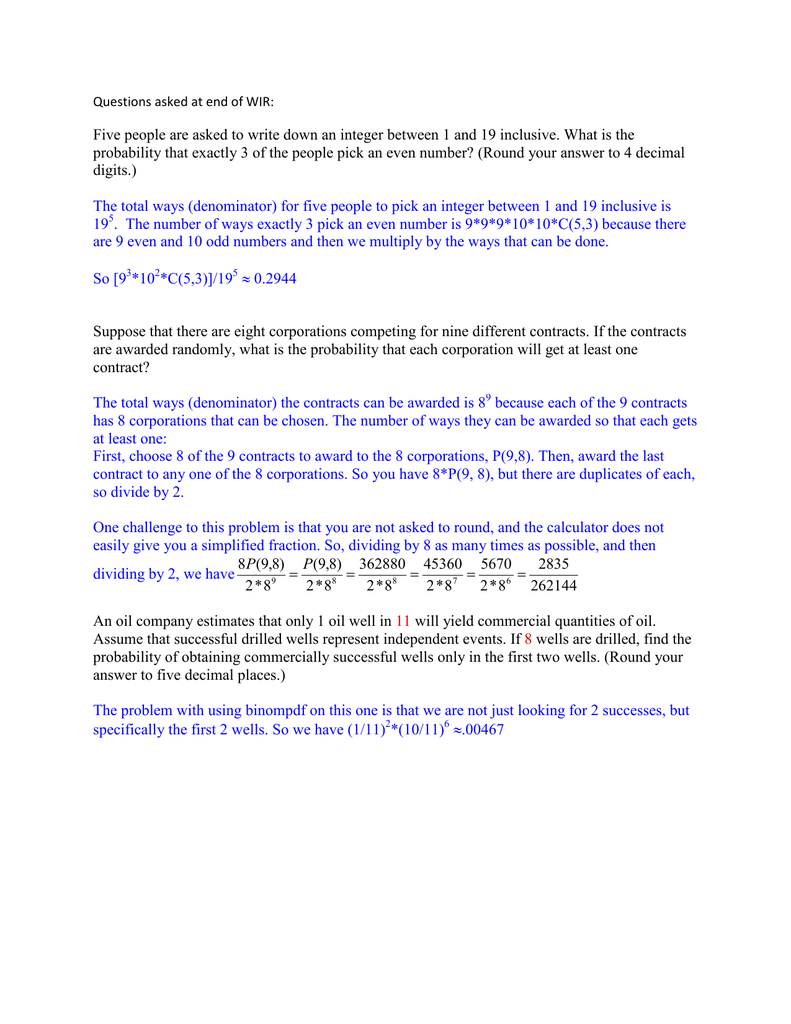

- #PICK A NUMBER BETWEEN 1 AND 3 10 TIMES GENERATOR#
- #PICK A NUMBER BETWEEN 1 AND 3 10 TIMES CODE#
- #PICK A NUMBER BETWEEN 1 AND 3 10 TIMES DOWNLOAD#
#PICK A NUMBER BETWEEN 1 AND 3 10 TIMES DOWNLOAD#
Height_Weight_Data <- read.csv("test.csv") # to test this please download csv file Selecting a sample of data for observation from a large dataset is one of the jobs data engineers undertake in their day to day life. In real-time situation you will be required to generate a random sample from an existing data frame. We have seen how a subset of random values can be selected in R. In the above example, five values have been generated as the argument stated.

#PICK A NUMBER BETWEEN 1 AND 3 10 TIMES CODE#
In order to generate random integers between 5 and 20 below the sample function code is used. To select a sample R has sample() function. Business needs require you to analyze a sample of data. To generate random integers built-in sample() function is reliable and quick. The value is in binary and indication is available on the number of binary places to move over. It consists of a value that specifies the furthermost digit from the decimal point. An integer in R consists of the whole number that can be positive or negative whereas a floating-point number includes real numbers. R will auto-detect the two categories and move across them as the need arises. They are an integer and floating points or float point numbers. Now we will learn about generating random numbers for two types of numbers available in R.

Generating Integer And Float Point Number Hist(x, probability=TRUE, col= gray(.9), main="exponential mean=1500")

For instance, the mean life of an electrical lamp is 1500 hours. The exponential distribution is used to describe the lifetime of electrical components. To derive binomial number value of n is changed to the desired number of trials. The binomial random numbers are a discrete set of random numbers. Using rnorm() for generating a normal distributed random number 3. # histogram of the numbers to verify the distribution # using a different mean and standard deviation In addition, mean and SD (Standard deviation) can be specified arguments. First, we will require to specify the number required to be generated. Where mean is 0 and the standard deviation is 1. To generate numbers from a normal distribution rnorm() is used. # Generating integers without replacement # To get 5 uniformly distributed Random Numbers In addition, the range of the distribution can be specified using the max and min argument. To generate uniformly distributed random number runif() is used. In the next section we will see different functions like runif(), rnorm(), rbinom() and rexp() to generate random numbers. There are in-built functions in R to generate a set of random numbers from standard distributions like normal, uniform, binomial distributions, etc. Set.seed(12) # random number will generate from 12 TenRandomNumbers <- sort(sample.int(100, 10)) Set.seed(5) # random number will generate from 5 Ten random numbers have been generated for each iteration. Further, the generated random number sequence can be saved and used later.įor example, We will use the code to sample 10 numbers between 1 and 100 and repeat it a couple of times.įor the first time the SET.SEED() will start at seed as 5 and second time as seed as 12. SET.SEED() command uses an integer to start the random number of generations. Random number generation can be controlled with SET.SEED() functions.
#PICK A NUMBER BETWEEN 1 AND 3 10 TIMES GENERATOR#
Random number generator doesn’t actually produce random values as it requires an initial value called SEED. Hadoop, Data Science, Statistics & othersĪ random number generator helps to generate a sequence of digits that can be saved as a function to be used later in operations.


 0 kommentar(er)
0 kommentar(er)
